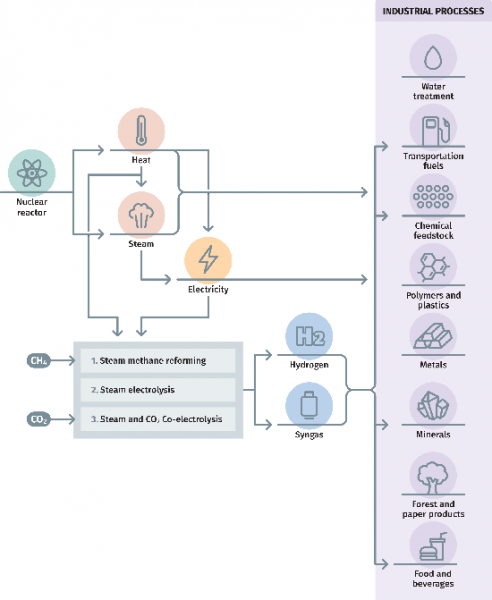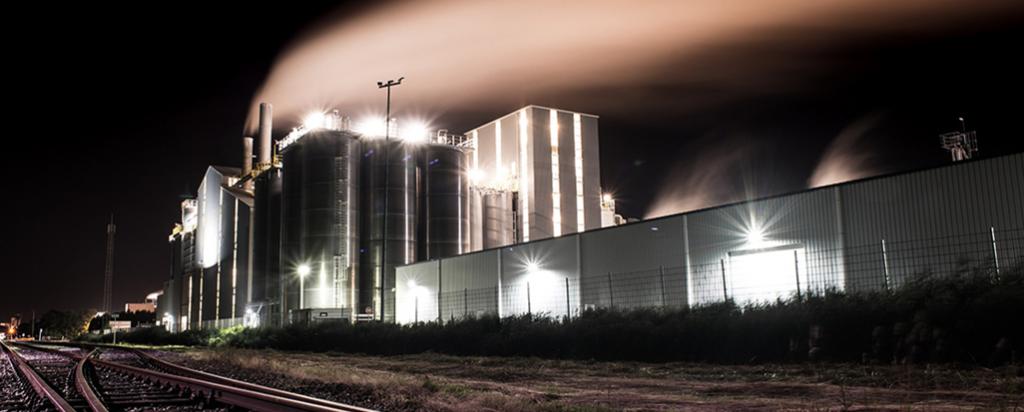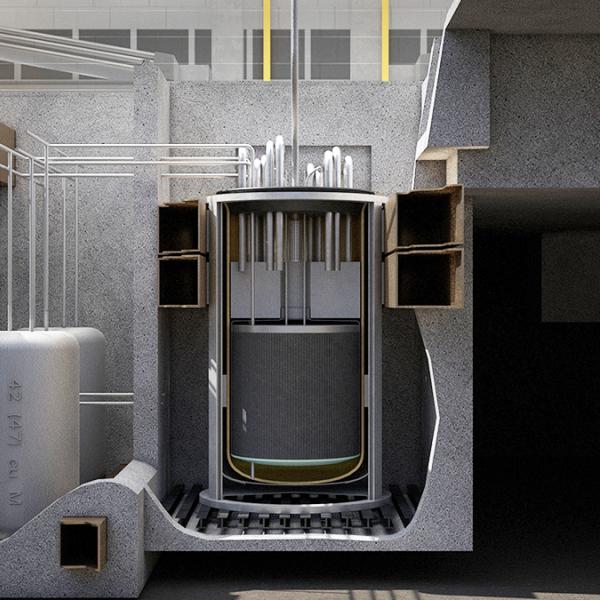

How nuclear energy generation could support clean hydrogen production
Nuclear-based energy generation systems not only provide comparatively low-cost, low-carbon emission electricity, but also provide substantial amounts of process heat, which can be used to significantly increase the efficiency of the water electrolysis for hydrogen production.
The efficiency of hydrogen production using the electrolysis process increases dramatically with an increase in temperature, resulting in a high-temperature electrolysis technology.
The Very High Temperature Reactor (VHTR) system is one of the six proposed systems of the Generation IV International Forum (GIF), which provides a framework for international collaboration on the research and development of advanced nuclear power reactor designs.
The VHTR is particularly well-suited for dual use in electricity and industrial heat generation, which makes it ideal for clear hydrogen production via high-temperature electrolysis.
In general, the focus of GIF activities is the development of the next generation (Generation IV) of reactor systems. These reactor designs will provide inherent safety and much higher rates of efficiency for incorporation into the future hybrid electricity grids, which will feature various low-carbon electricity sources.
The next generations of reactor systems will be able to be seamlessly coupled with hydrogen production facilities, as well as intermittent renewable energy sources, to effectively balance the grid while producing clean hydrogen for a range of industrial processes.

This method of hydrogen production also will serve to make nuclear power plants more economical. When there is surplus energy in the grid, instead of ramping down the nuclear reactor load-following of renewables, the available electricity and heat would be directed to hydrogen production, or to large-scale desalination of seawater for industrial and household use.
Another possibility is directing the heat to other industrial activities requiring process heat, such as steel production or to residential heating programs.
With a mixture of intermittent and base-load energy sources, balancing the stability of the electricity grid is a major consideration. Hydrogen production can assume the role of a large energy storage reserve and be called upon, on short notice, to meet the gap in demand.

